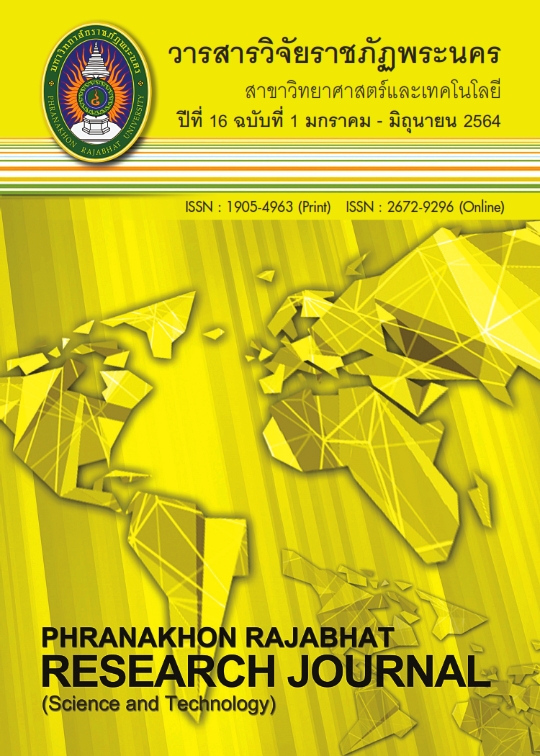ELECTROSPINNING OF POLYHYDROXYALKANOATE (PHA) FOR BIOMEDICAL APPLICATION: A REVIEW
Keywords:
Biocompatibility, Biomaterials, Electrospinning, Polyhydroxyalkanoate, BiomedicalAbstract
Electrospinning is simple and is a cheap method that can be used to produce small-diameter fibrous structures with potential biomedical applications. The process uses a high-voltage electrical field to form solid fibres from a polymeric fluid jet delivered through a millimetre-scale nozzle. Normally, natural polymers for biomedical applications are collagen, alginate, hyaluronan and chitosan, and the synthetic polymers include poly (lactic acid) (PLA) and poly (glycolic acid) (PGA). However, the polymeric scaffolds show rapid strength degradation in vivo even with high initial strength. Degradation of certain polymers (PLA, PGA) creates a local acidic environment that can also cause adverse tissue responses. Currently, polyhydroxyalkanoate (PHA) is used in the electrospinning process, due to its excellent biocompatibility and biodegradability. The electrospinning parameters (e.g., voltage, flow rate, concentration and polymer molecular weight) can be varied in order to produce nanofibres with complex and unique three-dimensional shapes. This review includes electrospinning of PHA and its biomedical uses of PHA electrospun. Moreover, the future prospect of PHA electrospun was also recommended.
References
Altman, G.H., Diaz, F., Jakuba, C, Calabro, T., Horan, R.L., Chen, J., Lu, H., Richmond, J., & Kaplan, D.L.
(2003). Silk-based biomaterials. Current Pharmaceutical Design, 24(30), 401-416.
Azimi, B., Milazzo, M., Lazzeri, A., Berrettini, S., Uddin, M.J., Qin, Z., Buehler, M.J., & Danti, S. (2019).
Electrospinning piezoelectric fibers for biocompatible devices. Advanced Healthcare Materials, 9, 1-39.
Bhardwaj, N. & Kundu, S.C. (2010). Electrospinning Biotechnology Advances, 28, 325–347.
Brigham, C.J., & Sinskey, A.J. (2012). Applications of polyhydroxyalkanoates in the medical industry.
International Journal of Biotechnology for Wellness Industries, 1, 53-60.
Castro-Mayorga, J.L., Fabra, M.J, Cabedo, L., & Lagaron, J.M. (2017). On the use of the electrospinning
coating technique to produce antimicrobial polyhydroxyalkanoate materials containing in situ-stabilized silver nanoparticles. Nanomaterials, 1-13.
Croisier, F., & Jerome, C. (2013). Chitosan-based biomaterials for tissue engineering. European Polymer
Journal, 49, 780-792.
Formhals, A. (1934). Process and apparatus for preparing artificial threads, USA.
Garg, K., & Bowlin, G.L. (2011). Electrospinning jets and nanofibrous structures. Biomicrofluidics,
, 229–241.
Gordzha, S.N., Muslimov, A.R., Syromotina, D.S., Timin, A.S., Tcvetkov, N.Y., Lipik, K.V., Petrova, A.V.,
Surmeneva, M.A., Gorin, D.A., Sukhorukov G.B., & Surmenev, R.A. (2017). A comparison
study between electrospun polycaprolactone and piezoelectric poly(3-hydroxybutyrateco-3-hydroxyvalerate) scaffolds for bone tissue engineering. Colloids and Surfaces B: Biointerfaces, 160, 48–59.
He, C., Xu, X., Zhang, F., Cao, L., Feng, W., Wang, H., & Mo, X. (2011). Fabrication of fibrinogen/P(LLA-CL) hybrid nanofibrous scaffold for potential soft tissue engineering application. Journal of Biomedical Materials Research Part A, 3, 339-347.
Hou, H., Jun, Z., Reuning, A., Schaper, A., Wendorff, J.H., & Greiner A. (2002). Poly(p-xylylene) nanotubes by
coating and removal of ultrathin polymer template fibers. Macromolecules,35, 2429–2431.
Iftikhar, I.A., & Jamil, N. (2016). Polyhydroxyalkanoates: current applications in the medical field.
Frontiers in Biology, 11(1), 19–27.
Kandhasamy, S., Perumal, S., Madhan, B., Umamaheswari, N., Banday, J.A., Perumal, P.T., &
Santhanakrishnan, V.P. (2017). Synthesis and fabrication of collagen-coated ostholamide
electrospun nanofiber scaffold for wound healing. ACS Applied Materials & Interfaces, 9, 8556–8568.
Kehail, A.A., & Brigham, C.J. (2017). Anti-biofilm activity of solvent-cast and electrospun polyhydroxyalkanoate membranes treated with lysozyme. Journal of Polymers and the Environment, 1-7.
Kourmentzna, C., Ntaikou, I., Lyberator, G., & Kornaros, M. (2015). Polyhydroxyalkanoates from
Pseudomonas sp. using synthetic and olive mill wastewater under limiting conditions. International Journal of Biological Macromolecules, 74, 202–210.
Lee, Y.F., Sridewi, N., Ramanathan, S., & Sudesh K. (2015). The influence of electrospinning parameters
and drug loading on polyhydroxyalkanoate (PHA) nanofibers for drug delivery. International Journal of Biotechnology for Wellness Industries, 4, 103-113.
Lim, J., You, M., Li, J., & Li, Z. (2017). Emerging bone tissue engineering via polyhydroxyalkanoate
(PHA)-based scaffolds. Materials Science and Engineering C, 79, 917-929.
Mozejko-Ciesielska, J., Szacherska, K., & Marciniak, P. (2019). Pseudomonas species as producers of
eco-friendly polyhydroxyalkanoates. Journal of Polymers and the Environment, 27(4), 1-16.
Ojumu, T.V., Yu, J., & Solomon, B.O. (2004). Production of polyhydroxyalkanoates, a bacterial biodegradable polymer. African Journal of Biotechnology, 3(1), 18-24.
Sadat-Shojai, M. (2016). Electrospun polyhydroxybutyrate/ hydroxyapatite nanohybrids: microstructure
and bone cell response. Journal of Materials Science & Technology, 32, 1013–1020.
Shishatskaya, E.I., Nikolaeva, E.D., Vinogradova, O.N., & Volova, T.G. (2016). Experimental wound
dressings of degradable PHA for skin defect repair. Journal of Materials Science: Materials
in Medicine, 27, 1-16.
Shrivastav, A., Kim, H. Y., & Kim, Y. R. (2013). Advances in the applications of polyhydroxyalkanoate
nanoparticles for novel drug delivery system. BioMed Research International, 1-13.
Sukovatiy, A., & Shishatskaya, E.I. (2014). Electrospinning of polyhydroxyalkanoate fibrous scaffolds:
effects on electrospinning parameters on structure and properties. Journal of Biomaterials Science, Polymer Edition, 4, 370-393.
Weng, L., & Xie, J. (2015). Smart electrospun nanofibers for controlled drug release: recent advances
and new perspectives. Biomaterials, 21(15), 1944-1959.
Downloads
Published
Issue
Section
License
โปรดกรอกเอกสารและลงนาม "หนังสือรับรองให้ตีพิมพ์บทความในวารสารวิจัยมหาวิทยาลัยราชภัฏพระนคร สาขาวิทยาศาสตร์และเทคโนโลยี" ก่อนการตีพิมพ์




